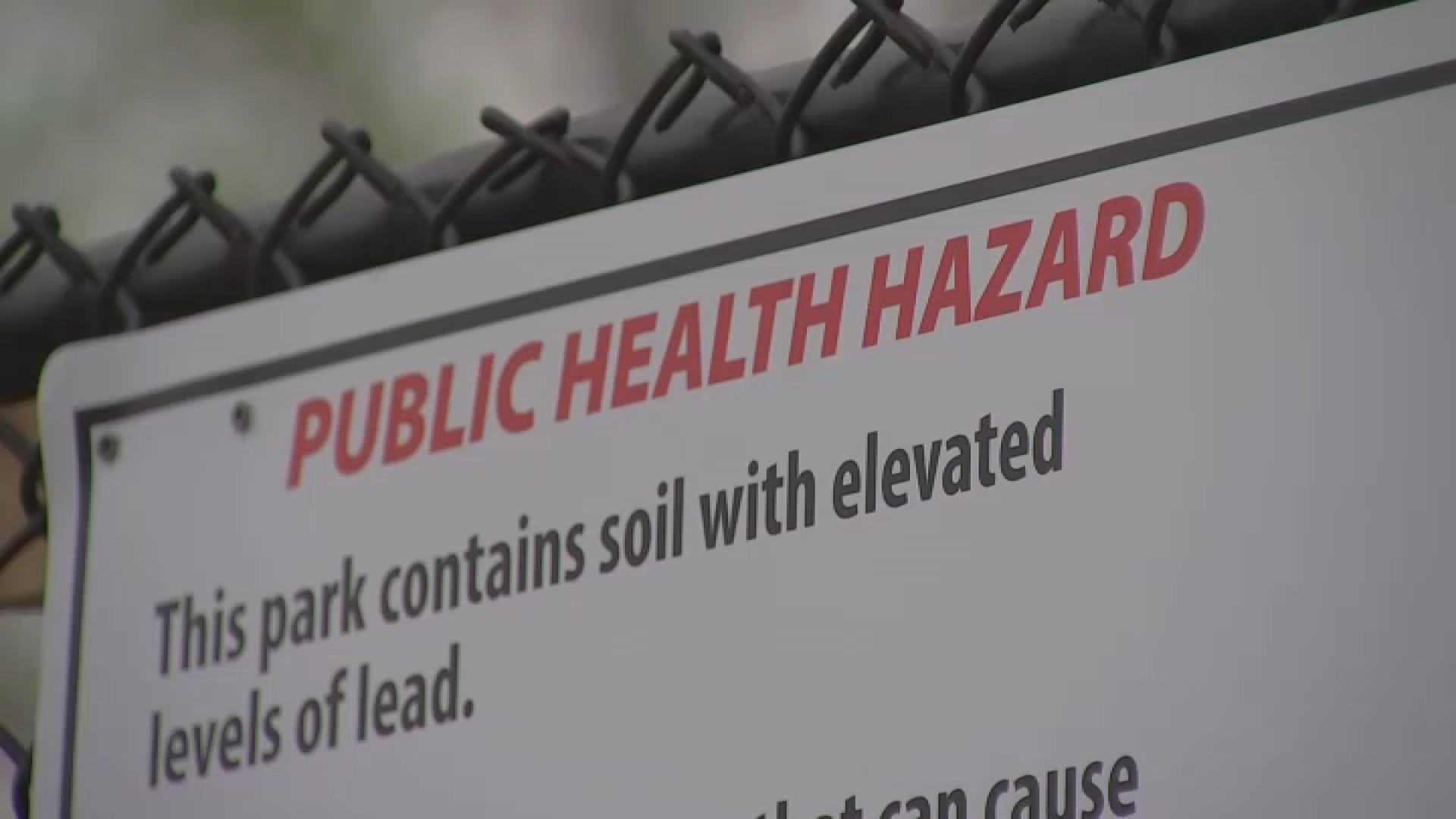WE DIDN’T JUST BREAK THE RECORD-WE SMASHED IT!
I’m still having a hard time getting used to “the new normal” of temperature records. Having worked as a meteorologist for 45 years (yes, I’m older than I look), I’m used to seeing daily records broken by one degree-maybe two. After all, we’re talking about more than 140 years of official records in Philadelphia. It’s always been a big deal to set a record for the high temperature for a given day. As for monthly records, we usually break them by one tenth of a degree, or maybe a little more. Those days are over.
We didn’t just break the record for warmest February on record. We beat it by what used to be an unheard of amount.
44.2 degrees 2017
42.2 1925
41.8 1998
41.4 1890
41.3 1909
IT’S NOT JUST IN PHILLY
The final numbers aren’t in yet, but many other U.S. cities have also set records for February warmth. The latest data showed more than 3000 record high temperatures were set in February, compared to only 27 record lows. That is a ratio of 116 highs for every low. In a stable climate, the ratio should be close to 1 to 1 over a long period of time. The February ratio is the most extreme we’ve seen by far!
NOAA also reports 248 monthly record highs for February (Philly is only one of 248-WOW again). And the number of monthly record lows: ZERO.

Chicago set an all-time record with NO measurable snow during the January-February period. Nothing. In Chicago. In the middle of winter!
Along the Gulf Coast, Galveston, Texas has set more than 30 heat records since November 1. That’s more than two records a week. Miami has not had a single temperature below 50 degrees all winter (a record, of course). The record warm Gulf of Mexico is surely a factor in these records.
YET ANOTHER MONTHLY TEMPERATURE RECORD
This isn’t the only recent month where Philadelphia has broken (or smashed) monthly records for warmth. We had our record warmest December in 2015, and that beat the old record by an amazing SEVEN DEGREES! That’s not seven tenths of a degree-it’s ten times that number! It makes this month’s record-breaking of about two full degrees seem small. But it’s not small-it’s huge! (How many exclamation marks do I need in this blog? Apparently, a lot.)
Until 2015, we didn’t set a monthly record for the period of November through March since 1932! In other words, we went more than 80 years without a record warm November, December, January, or February. That’s hard to believe. How did we do that?
Here’s my theory: the official Philadelphia observation has only been taken at the airport since 1940. Before that it was taken in Center City. So, even though it was a smaller city back then, there was still an “urban heat island” in the middle of the city that kept temperatures warmer than they would have been away from the downtown areas (such as Philadelphia International Airport).
Another possibility is the instrument itself. We obviously don’t use the same type of thermometer today that was used 100 years ago. Perhaps the older thermometers ran a bit higher than today’s. Technicians try to even this out when instruments change, but can’t be too precise.
Local
Breaking news and the stories that matter to your neighborhood.
So, the warmest January was in 1932, the warmest February (until now) in 1925, the warmest March in 1921, the warmest November in 1931, and the warmest December (until 2015) in 1931. Do you think it’s a coincidence that all of those years were when the official instrument was in Center City?
HAS GLOBAL WARMING CAUGHT UP TO THE “HEAT ISLAND?"
It’s taken more than 80 years to overcome the “bias” of the urban heat island of Philadelphia. Now that we’ve smashed a couple of cold season records, and come in 2nd place in another (November), the overall warming of the earth seems to have caught up with the change in the instrument location.
If my theory is right, we can expect more record warmth in the cold season months in the future.
By the way, for those who think this moving instrument is proof that any global warming statistics are flawed, think again. It’s not just that one location is trivial when looking at global (or even U.S.) temperatures. I’m sure there are many other cities where the instruments have moved to places like airports outside the downtown areas. But here’s the deal: a move to a more rural location should result in COOLER temperatures! That means a bias toward cooling, not warming. So, the actual warming of the country (and beyond), if anything, is MORE than current calculations.
This is of less interest to climate scientists because they deal mostly with temperature CHANGES, not the absolute numbers. That’s why the “urban heat island effect” isn’t a big deal. They study temperature changes all over the world, in big cities and tiny rural locations by the thousands. It’s all about how much we’ve warmed-not the absolute average temperature. And questionable data from individual cities is thrown out.
WHAT ABOUT THE WARM SEASON (SUMMER)?
The overall warming of this area has obviously had more of an impact in the summer months. Our record warm June, July, and August have all occurred since 2010. And this is despite the added heat that Center City provided before 1940. So, global warming seemingly caught up with summer temperatures in Philadelphia in the past decade. And more records for summer warmth are surely on the way. But we can’t assume that just because we had record warmth in February that we’ll have a scorching summer.



